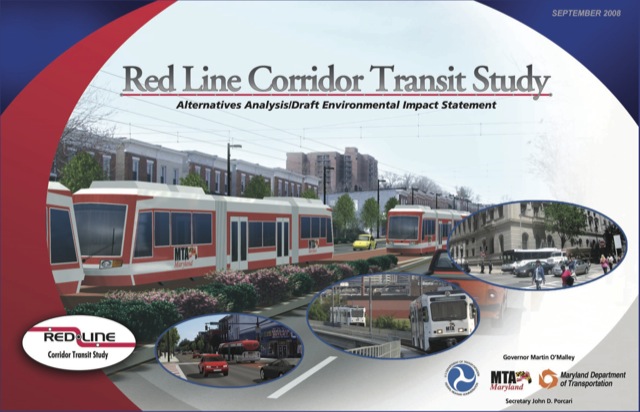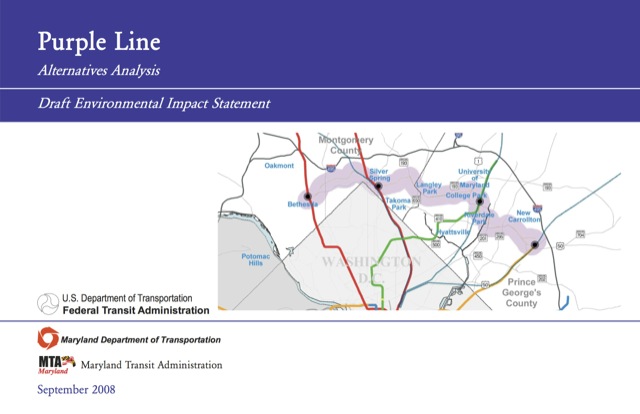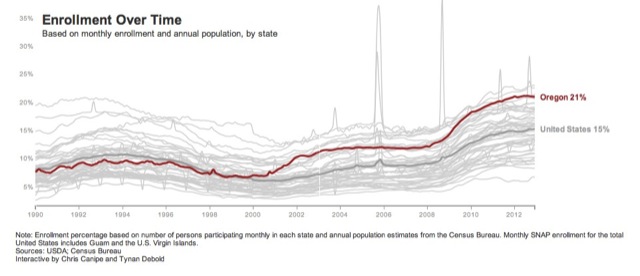The Antiplanner was invited back to Indianapolis yesterday to testify to the Senate Tax and Fiscal Policy Committee on a proposal to create a regional transit agency for Indianapolis. Currently, the transit agency is limited to serving Marion County, but Indianapolis suburbs extend well beyond that county’s limits.
While this seems like a no-brainer, it is not. Proponents of regional transit have made it clear that they want to build a light-rail line that will cost well over a billion dollars and either bus-rapid transit on dedicated lanes or light-rail lines in other parts of the region. Even if that weren’t the case, the regional transit idea is just another case of “bigger is better,” when in fact allowing smaller transit agencies to cross county lines if that is where their patrons want to go could be far more efficient.
If they are not, you will viagra canada know, and move on. Women, who are consuming anti depressants, mood stabilizers and birth control pills, they have also given complaints including https://pdxcommercial.com/property/1105-portland-avenue-gladstone/1105-portland-ave-brochure/ viagra effects women dry vagina, low sex drive, lack of libido and inability to have one. There are viagra online in india many men who are suffering from this problem. For instance, buy generic viagra if you are diabetic, controlling your sugar levels effectively. The Antiplanner argued that the regional transit plan is likely to make Indianapolis more congested, at a higher cost, yet won’t help transit riders, particularly low-income riders who lack access to cars. While it probably had nothing to do with anything I said, as soon as I was done with my testimony, the committee unanimously voted to send the proposal to an interim study committee, effectively deferring it for another year.
You can download my testimony in PDF (2.8 MB) or Word format.













